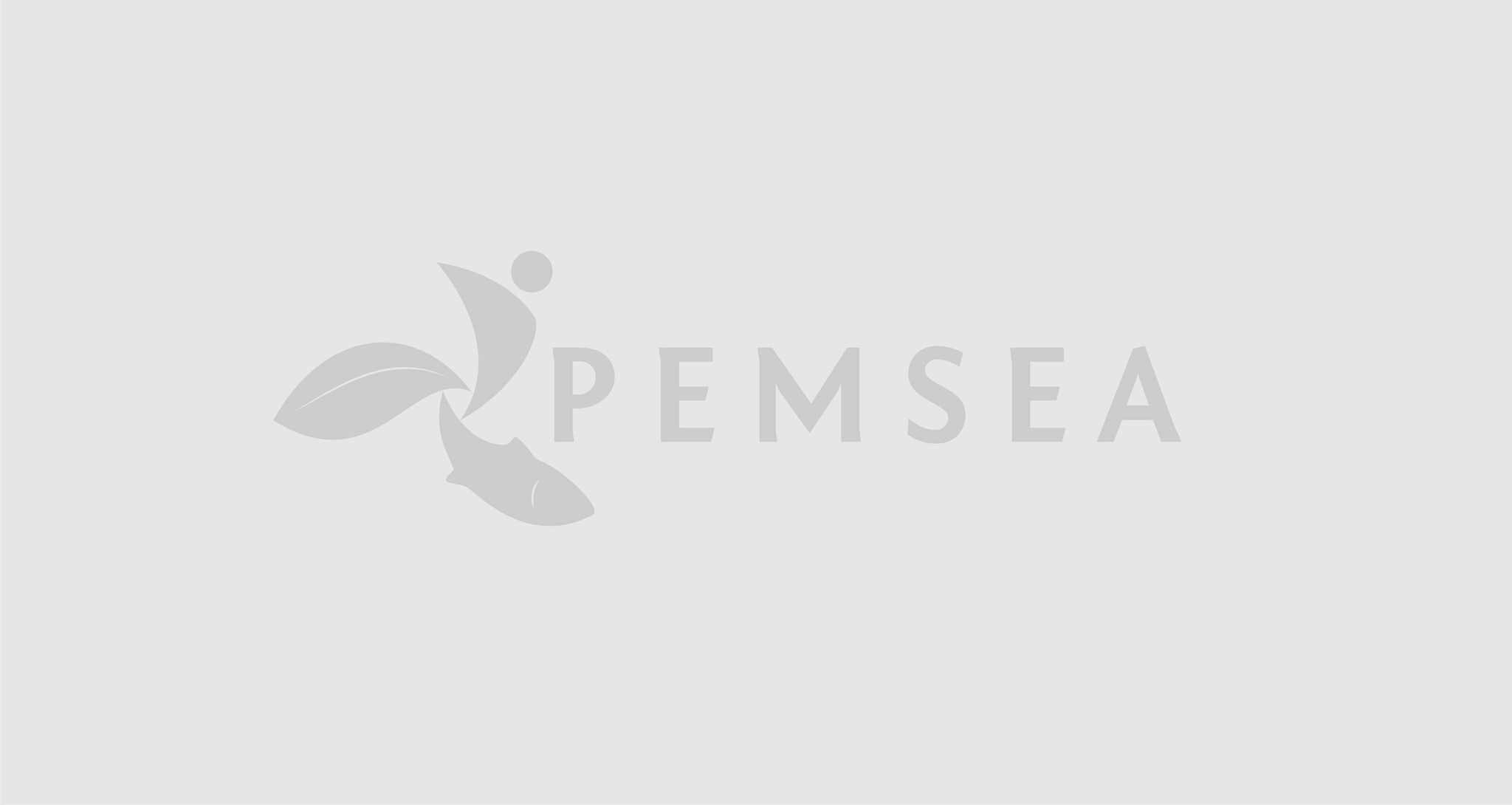Coral Reef Monitoring Guidebook for Stronger Marine Protection Programs: Second Edition Launch
Tuesday, 13 July 2010

Manila, Philippines — Local government units, fisher communities and service providers protecting and managing their coastal and marine resources will find a useful guide in measuring the effectiveness of their initiatives, especially in marine protected area (MPA) management, and planning succeeding programs, in the second edition of the Coral Reef Monitoring for Management Guidebook.The guidebook-manual, first printed in 2001, was initially distributed by the Coastal Resource Management Project of the United States Agency for International Development (USAID). It was Widely utilized all over the Philippines by government agencies, research and academic institutions, and civil society organizations involved in the study, establishment and management of marine protected areas. The second edition is printed with support from the USAID's Phiiippine Environmental Governance Project (EcoGov) and Fisheries Improved for Sustainable Harvest Project (FISH), the Department of Environment and Natural Resources (DENR) and the Department of Agriculture - Bureau of Fisheries and Aquatic Resources (DA-BFAR).The United Nations Environment Programme's Regional Office provided support for the publication's translation into Bahasa, Thai, Khmer, Vietnamese and Chinese. This has allowed the adoption of the guidebook as a tool in MPA management towards conserving marine key biodiversity areas in South East Asia.The idea of a simple, easy-to-use guidebook began from independent efforts of marine scientists Margarita de la Cruz and Stuart Green in the 1990s. De la Cruz and Green sought to guide local fisher communities in the underwater monitoring of their marine environment and protected areas. Later, organizations concerned with mentoring communities through the process of managing marine resources contributed to produce the guidebook.A highly-visual publication, Coral Reef Monitoring for Management provides interesting illustrated step-by-step instructions on drawing up a reef monitoring plan, survey methods like the manta tow, snorkel survey and point-intercept transect, conducting a fish visual census, recording human activities and natural disturbances that could impact on the marine environment and monitoring fish catch.It includes instructions on how to do a simple MPA perception survey which helps MPA managers measure whether or not stakeholders believe that they are benefiting from the resource management efforts. Also in the manual are samples of forms that will aid in the monitoring initiatives. Tips and suggestions are provided at each chapter.EcoGov and its partners have utilized the methods contained in the manual for participatory monitoring of its sites in Illana Bay in Zamboanga del Sur, Davao Gulf and Cebu's Camotes Sea.The guidebook's Manila launch was dovetailed with a conference organized by the Coral Triangle Support Program (CTSP) to assess the status of the Philippine implementation of the Coral Triangle Initiative (CTI) targets that were set in Manado, Indonesia. The event was held at the Manila Ocean Park. Copies of the guidebook were presented by the DENR and the USAID to their partners in coastal and marine resources conservation such as GTZ, WWF, CI and ADB.The DENR and USAID projects and their partners can use the manual to monitor improvements in the ecological conditions of coral reels within the Coral Triangle — the marine waters of Indonesia, Malaysia, Papua New Guinea, Philippines, Solomon Islands and Timor-Leste — which is considered the global center of marine biodiversity.Healthy coral reefs is estimated to provide a net present value of at least PhP 4 million pesos per square kilometer per year derived from fisheries, tourism, coastal protection, health and livelihood, goods and services. If the coral reefs of the Philippines remained healthy these would have contributed at least PhP 80 billion pesos annually.



